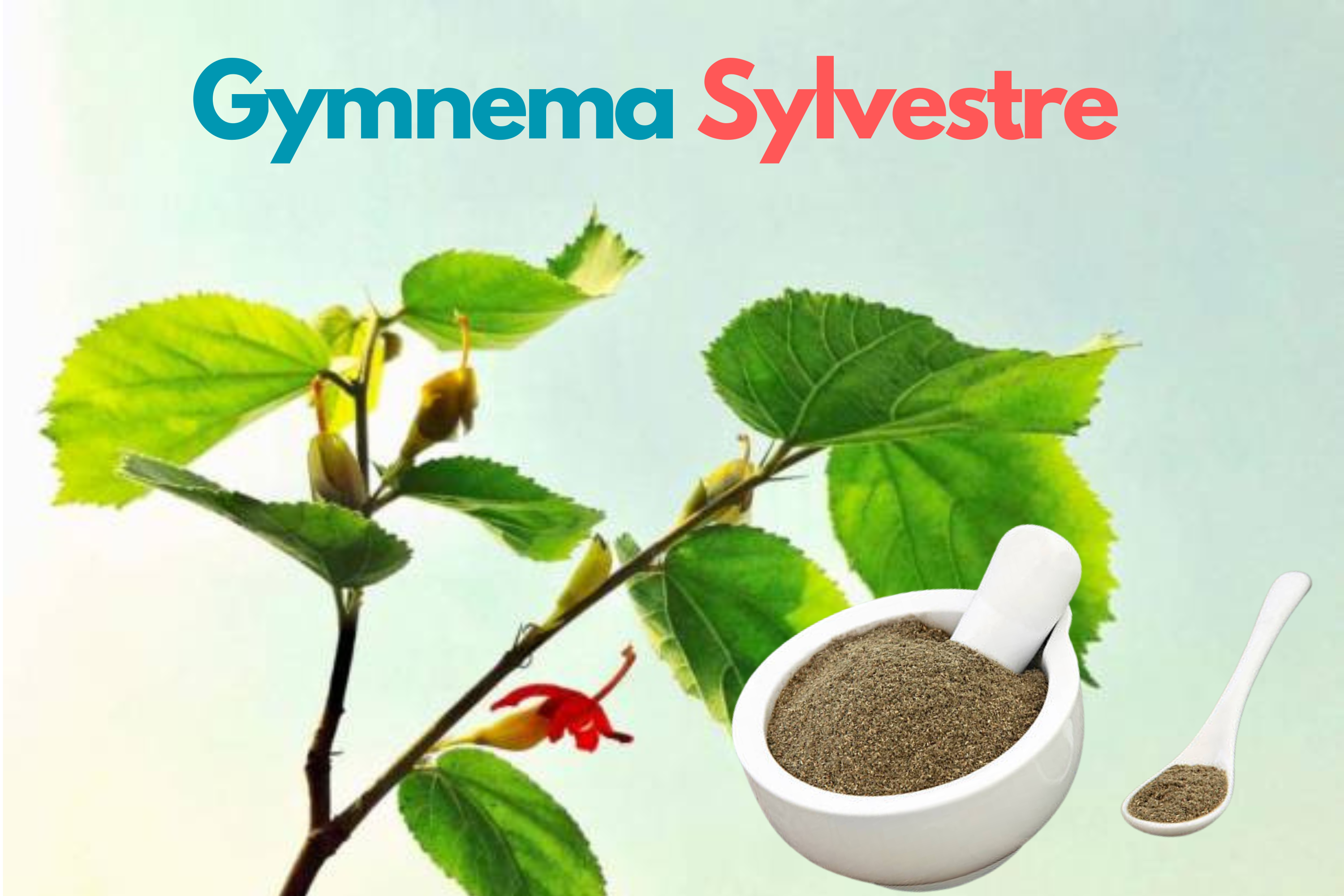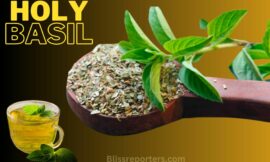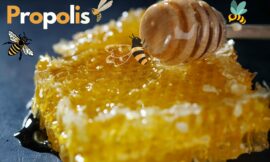Last updated on May 6th, 2023 at 06:00 am
A recent report published by the World Health Organisation (WHO) shows that from the year 2000 to 2019 the cases of death due to diabetes rose by 3% around the globe and in developing countries, it grew by 13%, if we stop and think we would find out that the biggest reason for this increase is the changing lifestyle, especially in developing world because, in this global village, we all tend to follow the same lifestyle.
It is important to discuss the issue of diabetes as almost 95% of people suffering from diabetes have type 2 diabetes which is caused by our diet and the sedentary lifestyle which most of us have.
Up until a few years ago, type 2 diabetes was thought to be a problem for only adults but now there is a steady increase in the number of young children suffering from type 2 diabetes.
Diabetes is one of the top 10 reasons for deaths around the world, which affects our hearts and kidneys and can cause our organs to fail.
In modern medical practice, Diabetes was once thought to be irreversible and was only manageable through drugs or insulin injections for a long time, however, new research and data are coming out which give us hope and new measures to manage diabetes.
One of the new methods which have come out of recent research and studies in the field of diabetes management is the use of Gymnema Sylvestre as an alternative to hard drugs.
What is Gymnema Sylvestre
Gymnema Sylvestre is a plant in the family Apocynaceae, which is a vulnerable species and native to Australia, Asia, and Africa. It is a slow-growing woody vine known for its anti-diabetic properties. In Australia, it is known as the Australian cow plant. In South East Asia it is used for several medicinal purposes, especially in India where it is called ‘Gurmar’ (sugar killer) or Madhunashini( destroyer of sweets) it has been used in Ayurveda as a remedy for glycosuria( glucose in the urine) and urinary disorders. Due to its fat-burning properties, it is consumed in the form of tea, this property of Gymnema Sylvestre is because of a group of acids called Gymnemic acids, which are also its active component. Many ongoing kinds of research indicate a probable link between gymnemic acid, diabetes, and obesity.
Gymnema Sylvestre Benefits
In Ayurvedic practice, Gymnema Sylvestre is used in the treatment of diseases like constipation, liver issues, kidney stones, heart diseases, and respiratory issues. The plant and its different parts including its roots, leaves, and stems are used as a tonic for heart, gut, and urinary problems.
Under chromatographic investigation, the stems of the Gymnema Sylvestre plant exhibit several compounds which are of high medicinal importance. The stems of gymnema sylvestre contain stigmasterol and triterpenoid saponin. These compounds together have many therapeutic applications in the management of diseases and health problems like diabetes, hypoglycemia, cancer, and cell damage. In several studies, triterpenoid saponin is shown to have antimicrobial, anticancer, antidiabetic, and liver protective properties.
The plant Gymnema Sylvestre has two major chemical compounds (Gymnemic acids and Gymnemasaponins) which are together called oleanane saponins.
Chemical Components of Gymnema Sylvestre
- Gymnemic acid
- Tartaric acid
- Gurmarin
- Calcium oxalate
- Glucose
- Stigmasterol
- Betaine
- Choline.
Gymnena Sylvestre for Diabetes Management
Gymnema Sylvestre is well known and famous for its anti-Diabetic effect. Its most active component, gymnemic acid is widely being studied and used in different drugs for better control over diabetes which is more natural and with lesser or no side effects.
In a study Gymnemic acid, along with quercetin and deacyl gymnemic acid( both of which are also present in Gymnema Sylvestre) was docked with different proteins which are associated with the metabolism, transport, and utilization of glucose in our body and Gymnemic acid was more potent than the other two in terms of its ability to properly bind and aid in the proper and complete utilization of glucose, which is beneficial for people suffering from diabetes whose organs are unable to properly metabolize glucose.
What does the research say
There are several ways through which Gymnema Sylvestre is extracted including Ethanol extract, water extract, and methanol extract. Ethanol Extraction seems to produce the best antidiabetic activity among all three by reducing glucose levels by more than 45%.
In a 2015 research on an animal(rat) model the water extract of Gymnema Sylvestre improved glucose, lipid, and insulin profile, which decreases the severity of diabetes.
In some studies, it also increased the production of insulin in the pancreatic cell.
Gymnema Sylvestre is documented to help with weight management for diabetic subjects, as it is common for people who are suffering from diabetes to gain weight more easily than others.
Anticancer Activity
Gymnema Sylvestre is also used as an anticancer and as an aid to the primary treatment and management of cancer. It has a strong antioxidant potential with a documented scavenging activity of more than 82% against free radicals in 1-diphenyl-2-picryl-hydroxyl (DPPH). Antioxidants can help in the regeneration of damaged cells and protect healthy cells from being damaged by free radicals and other chemical exposures.
A compound found in Gymnema Sylvestre called Gymnemagenol was tested against human lung cancer cells and human breast cancer cells and showed positive anti-cancer activity in lab tests. It also shows cytotoxic activity against tumors however when tested against a healthy liver cell it showed no cytotoxic activity, which means that it can be safely used in the treatment of cancer without damaging healthy cells which is a common problem with current methods of cancer treatment where healthy cells are destroyed along with cancerous cells.
Gymnema Sylvestre increases the absorption of several anticancer compounds and increases its bioavailability making cancer treatment more effective and swift. It increases phagocytic function and other immunological responses which promotes better immune response to diseases.
LDL HDL and Gymnema
Gymnema Sylvestre and its extract has been successfully shown to have lipid-lowering activity in multiple studies. It does it through flavonoids, saponins, tannins, and other such acidic components present in this woody plant. Gymnema Sylvestre can be used in the management of elevated cholesterol and low-density lipoprotein(LDL). It not just significantly lowers the ‘bad cholesterol’ but also helps in increasing the ‘good cholesterol’ or high-density lipoprotein(HDL).
Antimicrobial Properties of Gymnema
The plant Gymnema Sylvestre and its parts like leaves and stems have several active compounds which have antimicrobial properties and can be used to neutralize a vast number of microbes that cause infection and health problems for humans.
Its extract is effective against microbes including E.coli, S. aureus, Salmonella, and many other gram-positive and negative bacteria.
How to use Gymnema Sylvestre
Gymnema can be used in several ways for its amazing benefits. Gymnema supplements are available in powder, tablet, and capsule forms.
One of the traditional ways of using Gymnema was to chew the leaves of Gymnema Sylvestre to limit the sweet sensing ability of the tongue. It blocks the sweet receptors and makes sugar taste less sweet.
Gymnema in capsules and tablets
- 200-400 mg with high gymnemic acid
- Gymnema Sylvestre’s active component is gymnemic acid which is present in different amounts in different supplements.
- Generally, you should look for a high gymnemic acid (at least 30%) tablet or capsule.
Gymnema Powder Tea
-Mix with green tea leaves
- Gymnema powder can be mixed with green tea and used as a drink for its benefits.
- Gymnema has a bitter taste so you should start with a small amount and eventually increase it to one tablespoon full in one cup.
Gymnema Sylvestre Side effects
As Gymnema Sylvestre has strong blood glucose-lowering properties it should not be combined or taken together with other drugs which have a similar effect, doing so would cause a steep fall in blood sugar which can lead to nausea, balance issues, vertigo, spasms, and fatigue.
If you take Gymnema Sylvestre in high amounts or more than what you have been recommended it might lead to liver toxicity and would damage the liver.
Gymnema Sylvestre can cause belly aches if taken on an empty stomach.
If you are pregnant or recently had surgery avoid taking Gymnema Sylvestre supplements.
Takeaways
Gymnema Sylvestre is a plant known for its anti-diabetic properties, especially in the management of type 2 diabetes. It is native to Australia, Asia, and Africa and has been used in Ayurveda as a remedy for glycosuria and urinary disorders. The plant contains several compounds, including Gymnemic acids and Gymnemasaponins, which together are called oleanane saponins. These compounds have many therapeutic applications in the management of diabetes, hypoglycemia, cancer, and cell damage.
Gymnema Sylvestre has been found to reduce glucose levels by more than 45% in animal models when extracted using ethanol. The water extract of Gymnema Sylvestre has been shown to improve glucose, lipid, and insulin profile, which decreases the severity of diabetes. Additionally, Gymnema Sylvestre has been documented to help with weight management for diabetic subjects. It can also increase the production of insulin in the pancreatic cell.
Gymnemic acid, the most active component in Gymnema Sylvestre, has been widely studied and used in different drugs for better control over diabetes, which is more natural and with lesser or no side effects. In a study, gymnemic acid was found to be more potent than other components in properly binding and aiding in the complete utilization of glucose in the body.
Gymnema Sylvestre is also used as an anticancer agent and has a strong antioxidant potential, which can help in the regeneration of damaged cells and protect healthy cells from being damaged by free radicals and other chemical exposures.











